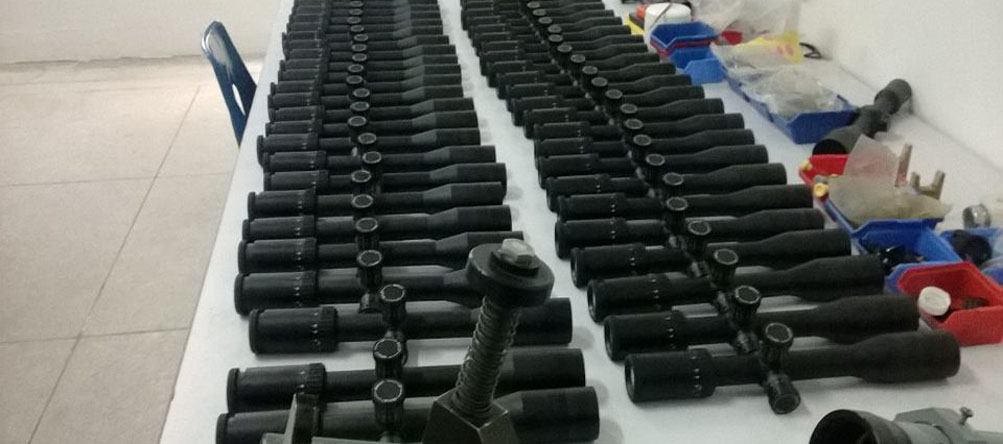
|
Bird:
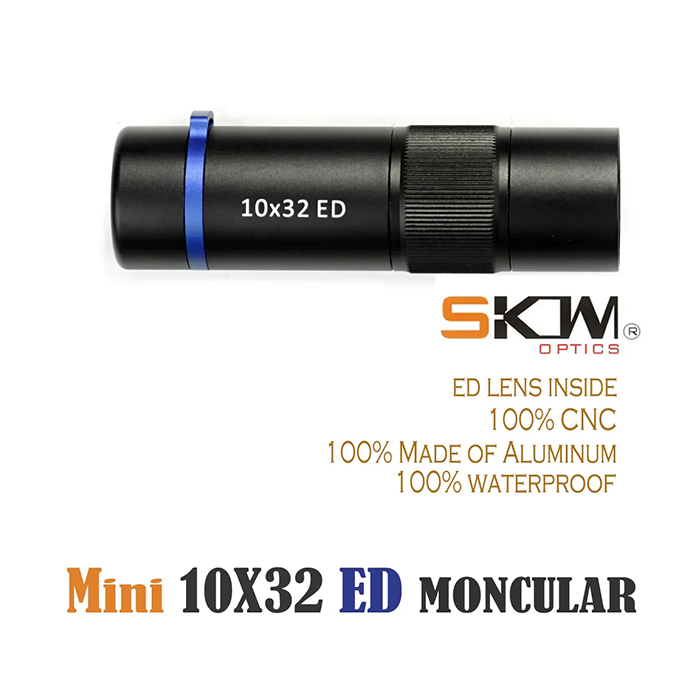
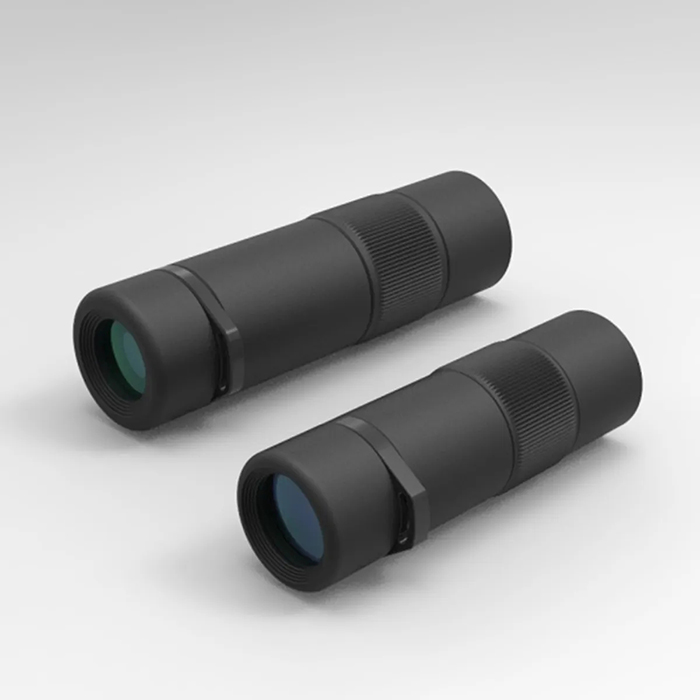
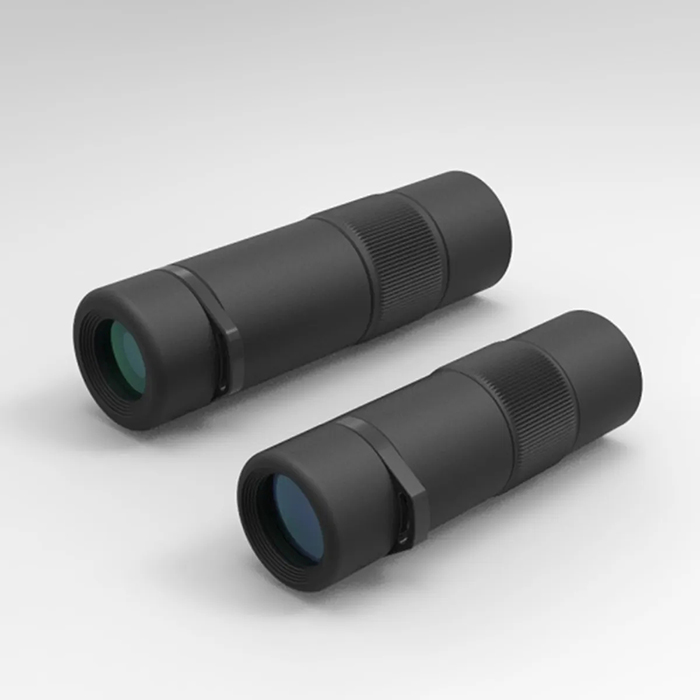
Description:
It is a miniature portable mini monocular telescope. Its length is only 5.4 inches. Can be put in the coat pocket.
It uses ED optical lenses and has excellent images.
All its parts are made of 100% aluminum alloy. 100% waterproof.
It uses central focusing, with a focusing distance of 1.2 meters to infinity.
Specification:
ED Lens inside
6 Groups 8 Elements
Compact monocular design - ideal for travel
Fully Multi-Coated optics to produce sharp images
Focus knob around center - close focus 1.2m
High resolution BAK-4 roof prism
Lightweight and durable rubber coated chassis
Made of Aluminum 100^
Specification:
Packaging details:
A SKWOPTICS 10x42 Monocular,
A Soft bag,
A wipe lens cloth

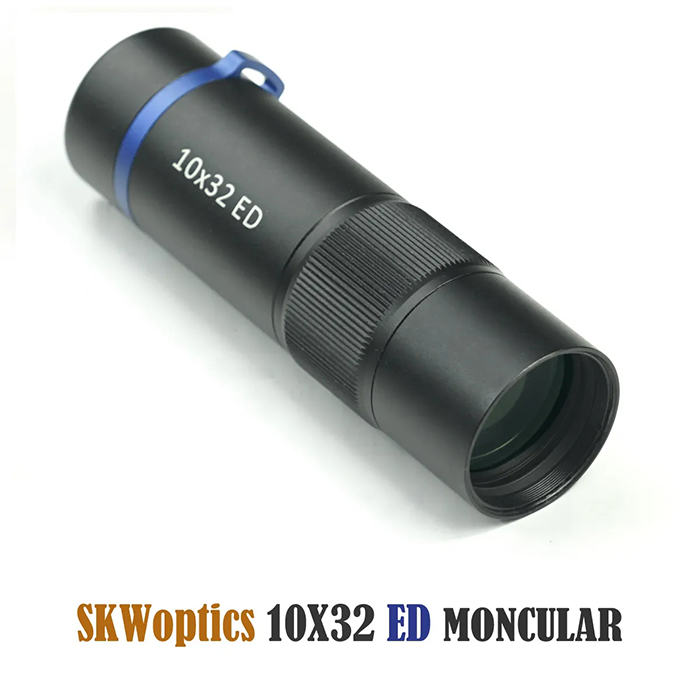

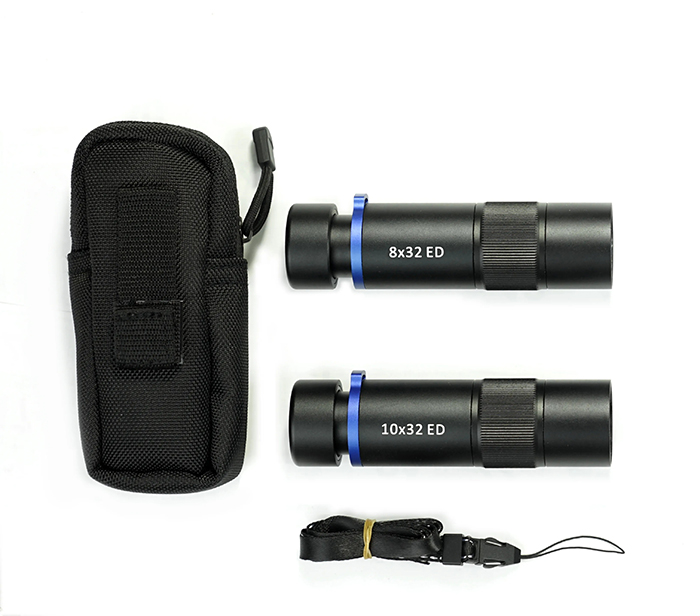
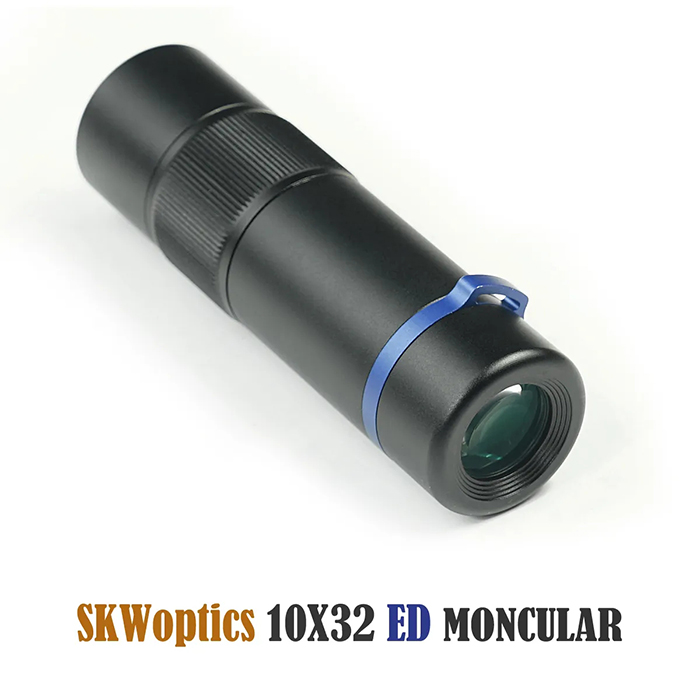
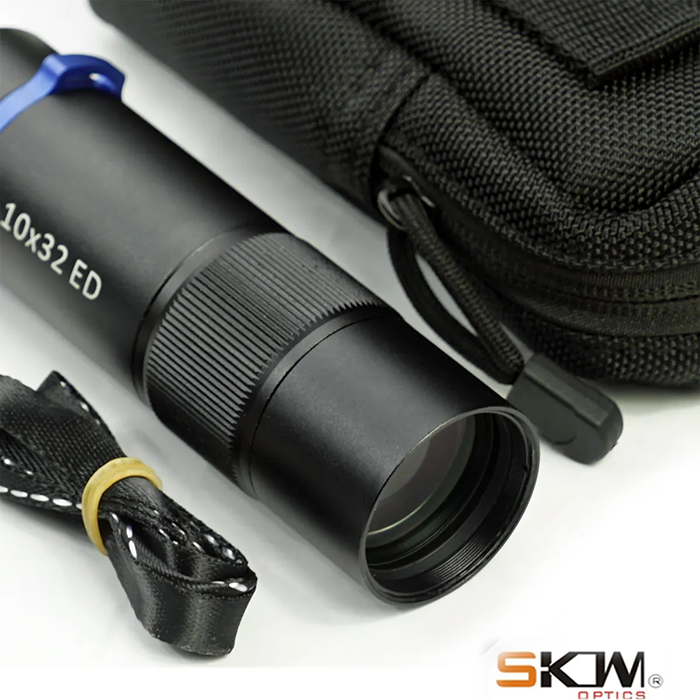

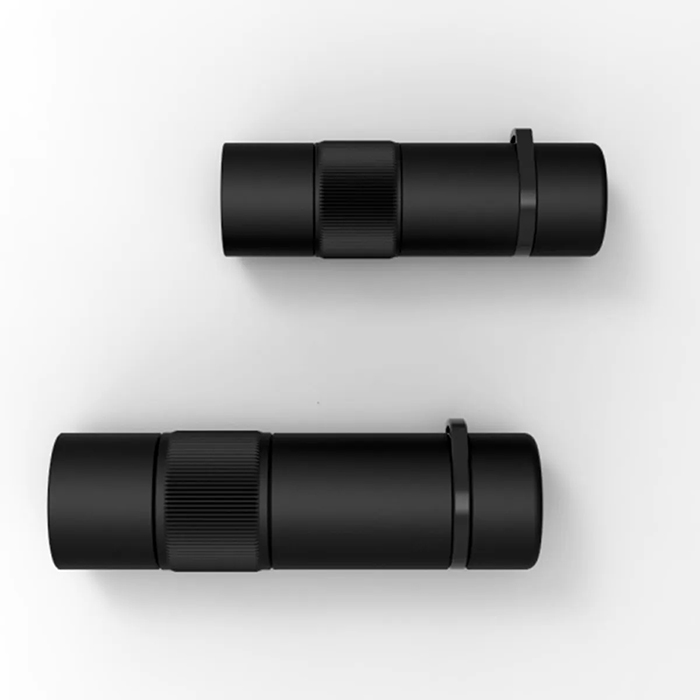

What is ED lens
The differences between ED glass and an ordinary lens
Chromatic aberration is caused by a difference in light wavelength. The focal point or magnification of a lens varies according to the wavelength of each type of incident light.
Therefore, if you look at an image through a lens with chromatic aberration, color fringing may occur.
Because a single lens cannot compensate for chromatic aberration, two lenses of different optical characteristics are combined to correct this aberration. Nikon's original ED (Extra-low Dispersion) glass lenses effectively compensate for color fringing especially at high magnification.
When observing white subjects such as swans or white eagles with an ordinary lens, a chromatic aberration is prominent at the border of the background and white part of the bird.
When you use a Fieldscope for observation or digiscoping where you need natural color reproduction, a Fieldscope employing ED glass is recommended.
Visible light is composed of lights of various wavelengths. Gathering up all of these lights to a point is ideal for objective lenses.
With a single lens, because light is bent in the same way as with a prism, the focal lengths of lights with different wavelengths vary. As a result, not all light rays reach the same point, which causes chromatic aberration.
An achromatic lens made with conventional glass materials can match focal lengths of two different wavelengths. For red and blue colors, for example, that contain both ends of the wavelengths of visible light, chromatic aberration can be reduced to a certain extent by conforming their focal lengths. However, with more detailed examination, because light with other wavelengths such as green has different focal lengths, residual chromatic aberration results. This residual chromatic aberration is known as secondary spectrum.
Combinations of conventional glasses cannot solve this secondary spectrum problem, but particular optical materials which have a unique characteristic of dispersion are needed.
ED (Extra-low Dispersion) glass has this unique characteristic and when combined with other glasses minimizes the effects of the secondary spectrum. Comparing to achromatic lenses, ED glass reduces chromatic aberration to a remarkable degree.



